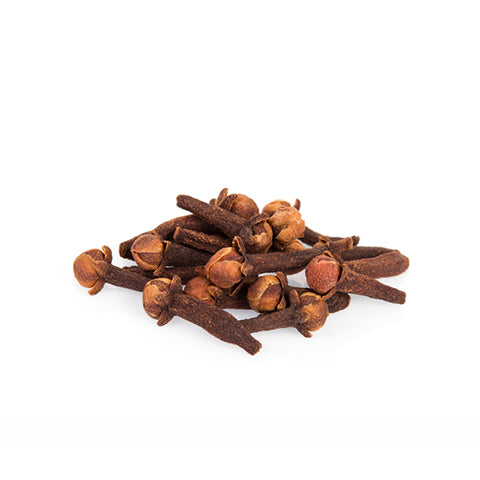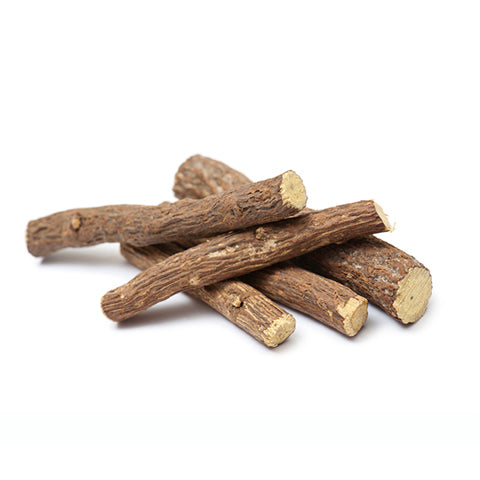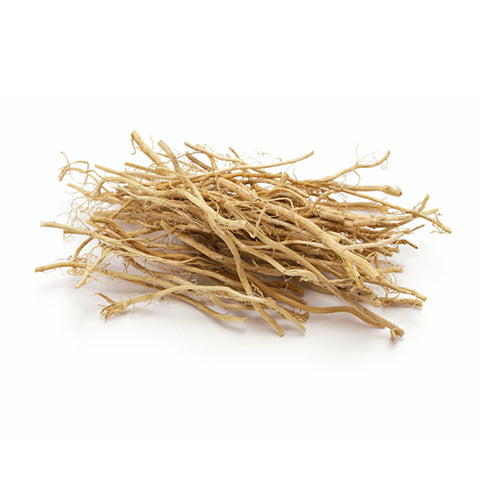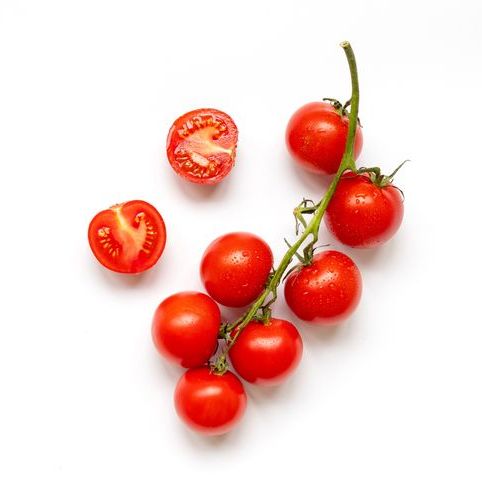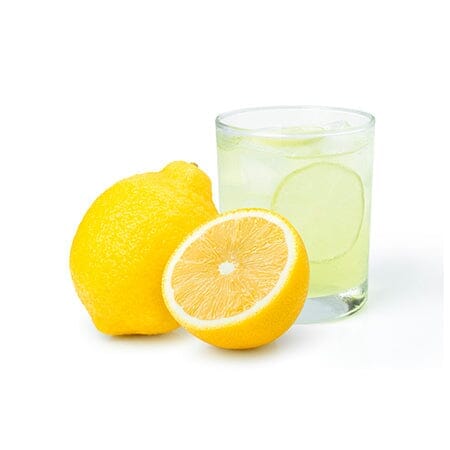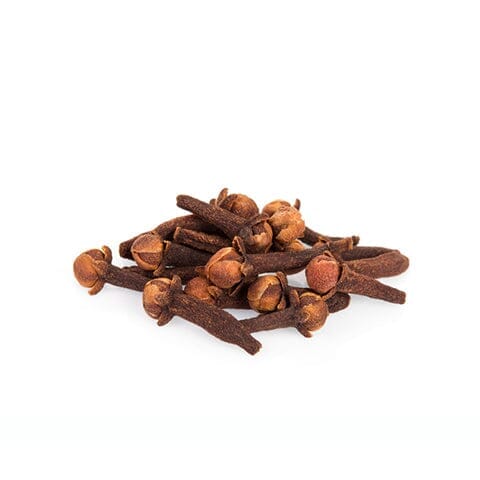What does the word "champagne" mean?
The etymology of the word "champagne" dates back to the medieval Latin "campania," meaning "champagne," referring to the geographical region in northeastern France where sparkling wine is produced. This term, in turn, is derived from the Latin "campus," meaning "field" or "plain."
The world-famous sparkling wine of Champagne is produced from grapes grown in this specific region. The name "champagne" has thus become synonymous with this premium sparkling wine, which is made using specific fermentation and aging methods known as the "méthode champenoise."
In the beginning…
The history of champagne dates back to the eponymous Champagne region, located in northeastern France. The Romans planted the first vines in this region as early as the 5th century, but it wasn't until the 17th century that the sparkling champagne we know today was developed.
Champagne's fame was propelled by Dom Pérignon, a 17th-century Benedictine monk, who played a pivotal role in improving the quality of Champagne wine and mastering its fermentation in the bottle. In the 19th century, Champagne gained popularity among the European nobility and bourgeoisie, becoming a symbol of luxury and festivities.
Champagne production then became industrialized, and champagne houses were founded, some of which are still famous today. Today, champagne is synonymous with celebration, used to mark special occasions around the world. Protected by a controlled designation of origin, champagne is produced according to strict rules, with a defined production method, the méthode champenoise, which guarantees its quality and authenticity.
Champagne culture
The champagne growing method is specific to the Champagne region of France and is governed by strict rules to ensure the quality and authenticity of this prestigious sparkling wine. Here are the main stages of the champagne growing method:
• The terroir : The Champagne region has a unique terroir composed of limestone and clay-limestone soils, benefiting from a cool and temperate climate, ideal for growing Chardonnay, Pinot Noir and Pinot Meunier grapes, the three grape varieties authorized in the region.
• Pruning: The vines are pruned every year to regulate their growth and optimize the production of quality grapes.
• Harvesting : Harvesting is done by hand to preserve the integrity of the grape bunches and select the best berries.
• Vinification : The grapes are then pressed to extract the juice that will be used to produce the base wine. The different grape varieties can be vinified separately.
• Fermentation : The base wine undergoes an initial fermentation in vats to transform into still wine.
• Blending : The wines from the different grape varieties and plots are blended by the cellar master to create the final “cuvée”, representative of the style of the champagne house.
• The fermentation : The wine is bottled with the addition of a tirage liqueur (mixture of sugar and yeast) to cause a second fermentation in the bottle, thus creating the characteristic bubbles of champagne.
• Aging : The bottles are kept on slats (in a horizontal position) for a period of aging on lees, which can last several years for vintage champagnes.
• Disgorging : After aging, the lees are removed by disgorging, and a liqueur d'expédition (mixture of wine and sugar) is added to define the level of sweetness of the final champagne.
• Corking : The bottles are corked with a cork stopper and a clip to maintain the pressure of the bubbles.
The different types of champagne
When it comes to champagne, we don't usually talk about species, but rather about different varieties or types of champagne, which are distinguished by their characteristics and production methods. Here are the main varieties of champagne:
• Brut Champagne : This is the most common variety of champagne, with a low sugar content, which gives a dry and fresh taste.
• Extra Brut Champagne : Even drier than brut, extra brut contains a minimal amount of residual sugar.
• Demi-Sec Champagne : Unlike brut, demi-sec champagne is slightly sweeter, with a higher residual sugar content.
• Rosé Champagne : This champagne is obtained by mixing white wine and red wine, which gives it a pinkish tint and fruity aromas.
• Blanc de Blancs Champagne : This champagne is made exclusively from white grapes, generally the Chardonnay variety, offering delicate and floral flavors.
• Champagne Blanc de Noirs : This champagne is made from black grapes, usually Pinot Noir or Pinot Meunier, but the color of the juice is white because the skins of the black grapes are not used.
• Vintage Champagne : Also called “vintage champagne,” it comes from a single exceptional harvest year and is aged longer before being released for sale.
What do you know about champagne in perfumery?
To achieve a champagne note in perfume, the process is quite different from simply using sparkling wine as an ingredient. In reality, champagne as an alcoholic beverage is not directly used in the creation of perfumes. However, the olfactory note of champagne, evoking fruity freshness and effervescence, can be recreated in perfumery using specific ingredients.
Perfumers use a complex blend of synthetic and natural ingredients to create accords that mimic the aromas of champagne. Ingredients such as aldehydes (chemical molecules used to recreate a sensation of effervescence), fruity notes, flowers, and powdery or musky notes are often used to evoke the light, festive feeling of champagne. An important note for recreating the scent of champagne is wine lees essence. This natural ingredient is obtained from the residues of winemaking and releases a very specific fruity, buttery, woody, and sparkling scent. Very potent, it is used in very small quantities to avoid adding a cloying facet.
Most often, champagne notes are associated with:
- With citrus notes such as lemon, bergamot or grapefruit
-With fruits like apple, pear and peach to add a fruity touch
-With delicate flowers like jasmine, rose or magnolia
- With aldehydes, musky, powdery and woody notes to create a balance with the sparkling notes of champagne.
The legendary champagne perfumes
• Yves Saint Laurent 's Yvresse eau de toilette had a turbulent launch. Originally, this perfume was to be called Champagne d'Yves Saint Laurent, but champagne producers took legal action against the House. Indeed, since champagne is an AOC, this name is protected, so it was replaced with Yvresse. According to the Saint-Laurent house, this perfume creates the intoxication of champagne by combining peach with woody notes of patchouli.
• Etat libre d'Orange's Remarkable People Eau de Parfum combines champagne with spicy and citrus notes to prolong its sparkling facets. Sandalwood in the base softens it and offers a rounded trail.
• Marc Jacobs Divine Decadence Eau de Parfum is an amber floral fragrance that features a champagne accord accompanied by white flowers, spices, citrus, and vanilla notes. The sparkling note of champagne and the roundness of the balsamic notes offer a unique contrast to the fragrance!
Bon Parfumeur does not offer any eau de parfums based on the champagne accord. However, four of the house's eaux de parfums feature spirit accords.
• 904 Eau de Parfum for men and women and its vodka gin accord that will take you straight to a social evening, cigar in hand! A cocktail of vodka, citrus, peppermint and juniper. A smoky base where the marriage of tobacco with patchouli and vetiver makes the fragrance oscillate between wet and dry wood.
• Eau de parfum 902 will immerse you in a victorious game of poker accompanied by a glass of Armagnac in front of a fireplace. A whirlwind of warm spices blended with the freshness of ginger and orange. Armagnac melts into the spices. Geranium subtly flowers the fragrance. A contrasting base with dry blond tobacco and round vanilla.
• Eau de parfum 004 and its freshness will remind you of a summer cocktail with gin and citrus fruits. This cologne has been interpreted as an eau de parfum to give it persistence and diffusion while keeping the freshness of an eau de cologne.
A zesty top note with a trio of citrus fruits. An aromatic and spicy heart with a hint of gin. Ginger and nutmeg gradually lead us toward the damp, woody, and earthy notes of tobacco and patchouli. Musks soften and brighten the harsh base notes.




